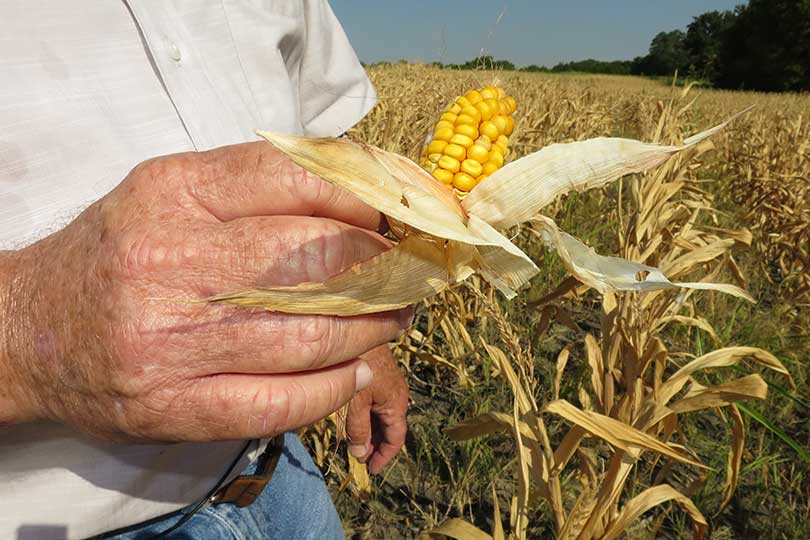A stronger and more diverse federal crop insurance program has provided America’s diverse agricultural farmers and ranchers and rural communities with a reliable farm safety net that keeps the economy strong even after severe weather destroys crops. The program, managed by USDA’s Risk Management Agency, has expanded options and availability over the past seven years, focusing on improved options for small and diverse farm operations, organic producers, beginning farmers and ranchers, and those struggling with years of repeated drought and providing the protections they need to continue farming.
“For years, RMA has painstakingly worked to ensure that crop insurance worked for all farmers growing in all regions,” RMA Administrator Brandon Willis said. “We are seeing those efforts pay dividends with a very diverse crop insurance program that is meeting the needs of farmers nationwide. Crop insurance will continue to provide the nation’s producers the assurance they need to keep agriculture strong, and our rural communities working, even in difficult times.”
In 2016, the federal crop insurance program includes more than 118,000 coverage options for 543 varieties of crops, nearly doubling from the from roughly 64,000 different coverage options that were available in 2009. The total crop insurance liability rose from $79.5 billion to $102.4 billion over the same period.
In 2015 alone, RMA was able to help 13,719 beginning farmers and ranchers working more than 3.5 million acres get their operations off the ground and save more than $14 million through reduced premiums and waived fees.
As coverage expanded and new tools provided better protection and increased flexibility, RMA also has taken steps to strengthen program integrity. RMA reduced its improper payment rate by more than half, from 5.6 percent in 2014 to 2.2 percent in 2015, well below the government-wide improper payment average of 4.39 percent.
“We have redoubled our efforts to ensure that the crop insurance program is free of abuse,” Willis said. “Cutting our improper payment rate in half demonstrates our commitment to operating a well-ran program that protects both taxpayers and farmers.”
RMA estimates that 85 percent of planted acreage for major crops is now covered by crop insurance, while 73 percent of planted acreage for eligible specialty crops is covered. The number of acres covered by crop insurance increased from 264.7 million for 2009 to 297 million for 2015. Coverage for fruit, vegetables and other specialty crops alone has grown from 7.7 million acres in 2009 to nearly 8.3 million acres in 2015.
With many farm operations facing years of drought, new tools mandated by the 2014 Farm Bill like the Supplemental Coverage Option and the APH Yield Exclusion have been developed to help farmers determine the level of protection needed for their operations. Both programs were implemented and expanded quickly by RMA to include many more crops than expected, including fruit, vegetables and other specialty crops. Preliminary estimates suggest nearly 1,000 fruit, vegetable and other specialty crop policyholders are taking advantage of APH Yield Exclusion for 2016 that allows producers to have better insurance coverage.
RMA has also expanded access to crop insurance options for organic producers through new and innovative programs, including the Whole-Farm Revenue Protection policy, and coverage options that allow organic farmers to protect their products at the market value. In fact, the number of crops eligible for organic premium pricing went from four in 2011 to 57 for the 2016 crop year. The number of acres insured by organic producers grew from 576,700 in 2009 to more than one million in 2015.
When crop prices are low, access to credit is critical for farmers to manage risk. Producers who purchase federal crop insurance have better access to credit and are often able to receive lower loan interest rates. This helps strengthen the rural economy and ensures the community can outlast years of severe weather.
An efficient delivery of the program helps reduce taxpayer costs for selling and servicing policies. RMA manages and regulates the activities of the 17 private crop insurance companies and their more than 15,000 agents who work with the farmers and ranchers to secure coverage, assess losses and file

